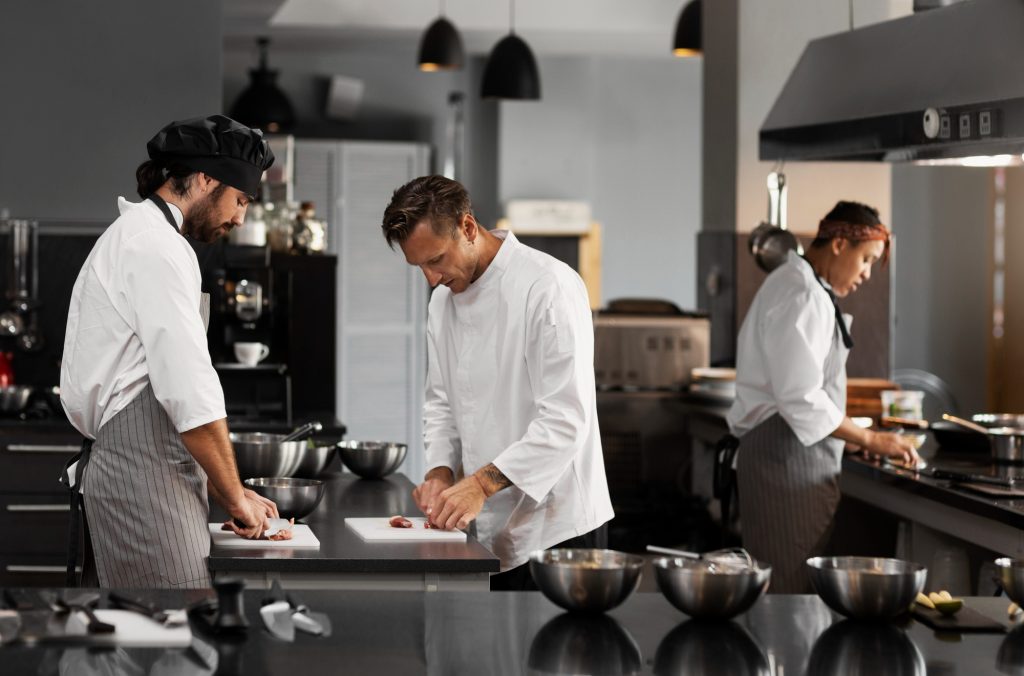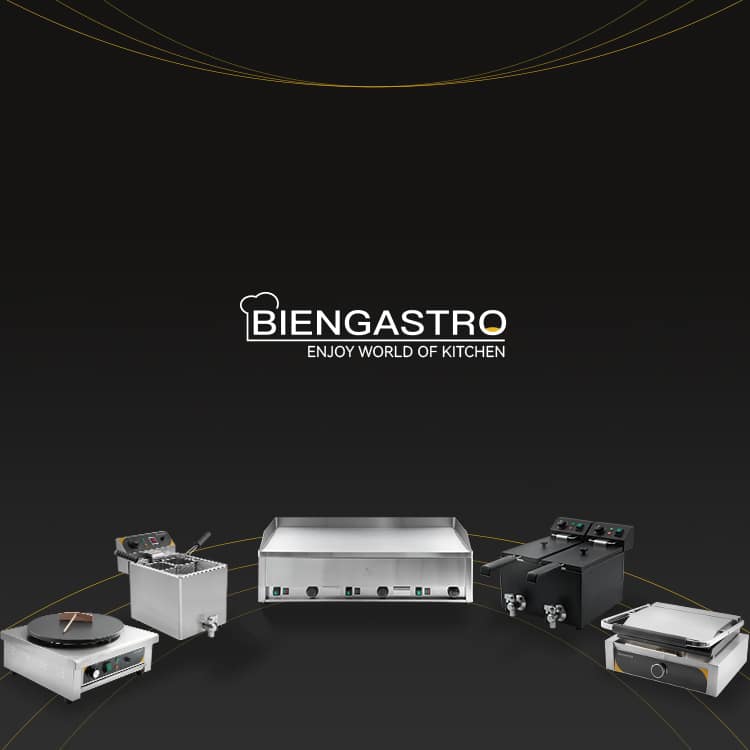Designing a kitchen that meets the demands of both a residential and commercial kitchen environment is a challenge I’ve tackled over 15+ years in the industry. From bustling restaurant renovations to intimate home installations, my experience has taught me that precision, creativity, and real-world adjustments are key.

Practical Challenges and Real-World Solutions
Every project brings unique challenges. In one memorable 2018 installation in Seattle, I discovered that the pre-installed ductwork for the commercial kitchen ventilation was not up to NFPA 96 standards. The manufacturer’s spec for our Wolf 48” Range Hood (Model: WOLF-VX48) promised a 15-minute capture time. However, due to regional airflow variations, our tests showed it needed 20–25 minutes to clear fumes effectively. This forced us to adjust the installation plan and consult the International Residential Code (IRC) for additional guidance.
I recall another project where a client insisted on cold-rolled steel backsplashes. The tactile feel—remarkably heavier and stiffer than standard stainless—required extreme precision. We worked with tolerances as tight as ±0.5 mm to ensure proper installation. One contractor quipped, “The cold-rolled steel feels like it demands perfection!” This hands-on experience taught us that even small miscalculations can lead to extended labor times and increased costs.
Technical Details, Codes, and Contractor Insights
Equipment and Measurements:
- Refrigeration: The Sub-Zero BI-36UFD delivers precise temperature control, critical in both residential and commercial kitchen settings.
- Cooking Equipment: Thermador’s Pro Harmony ovens have proven reliable even in high-use scenarios.
- Material Costs: Premium quartz countertops typically range from $45–$60 per square foot, while custom metal fabrication may add 15–20% to overall costs.
Building Codes and Regulations:
Regional variations matter. In New York, for example, local amendments to the IRC demand an extra 0.3 m³/s of ventilation for commercial kitchen setups compared to rural installations. Always verify local building codes before finalizing your design. For authoritative details, consult the NFPA 96 documentation.
Contractors often share that, “The devil is in the details.” Client misconceptions abound—many assume chef-grade kitchens must break the bank. In reality, by blending traditional installations with innovative alternatives, many projects have stayed within the $50,000–$70,000 range without sacrificing quality.
Maintenance, Safety, and Personal Anecdotes
Regular maintenance is crucial. I recommend scheduling ventilation system inspections every six months. A lapse in maintenance once led to an overheating incident that nearly compromised a critical component in a New England project. This painful lesson underscores the importance of adhering to maintenance schedules and safety protocols.
Here are some practical tips:
- Routine Inspections: Regular check-ups keep systems running efficiently and safely.
- Accessible Design: Design installations with maintenance in mind, using accessible panels for easy cleaning.
- Avoid Shortcuts: Never compromise on the quality of electrical wiring and load calculations.
During one project, my team and I had to re-calculate duct dimensions after discovering a near-miss safety incident. This experience reinforced my belief that a kitchen’s safety and efficiency depend on precise measurements and adherence to code.
Final Thoughts and Additional Resources
A successful kitchen design blends technical know-how with creative problem-solving. Whether you’re working on a residential project or a full-scale commercial kitchen installation, real-world experience teaches that every detail matters—from tactile materials like cold-rolled steel to the precise energy consumption of LED under-cabinet fixtures (e.g., LumaEdge Pro LED-225 averaging 8.5 watts per foot).
For further insights on installation best practices and technical standards, read more about our kitchen design projects and visit trusted resources such as the NFPA 96 and International Residential Code (IRC).
In conclusion, designing a chef-worthy kitchen on a budget is achievable. With careful planning, adherence to building codes, and innovative adaptations, your project can shine both in aesthetics and performance. Remember, every installation tells a story—one of challenge, creativity, and ultimately, success.



